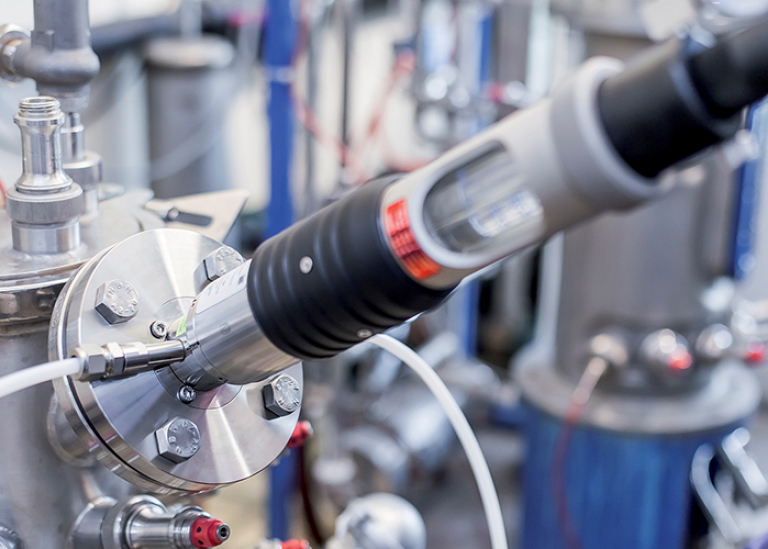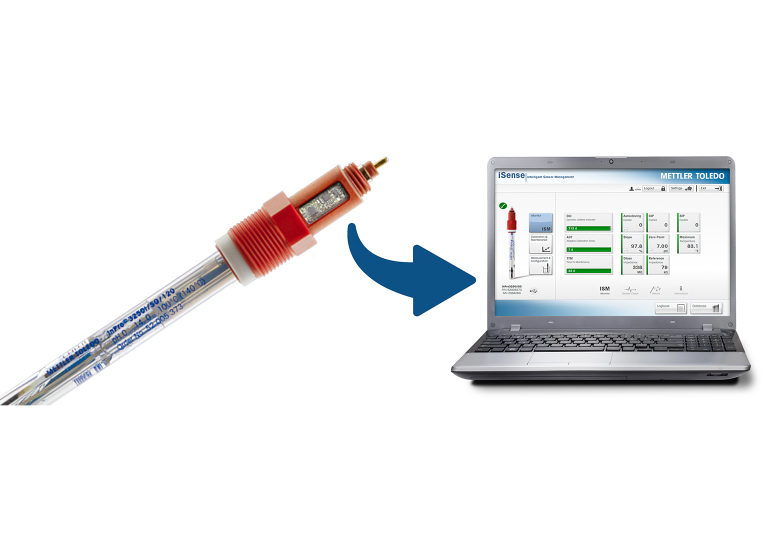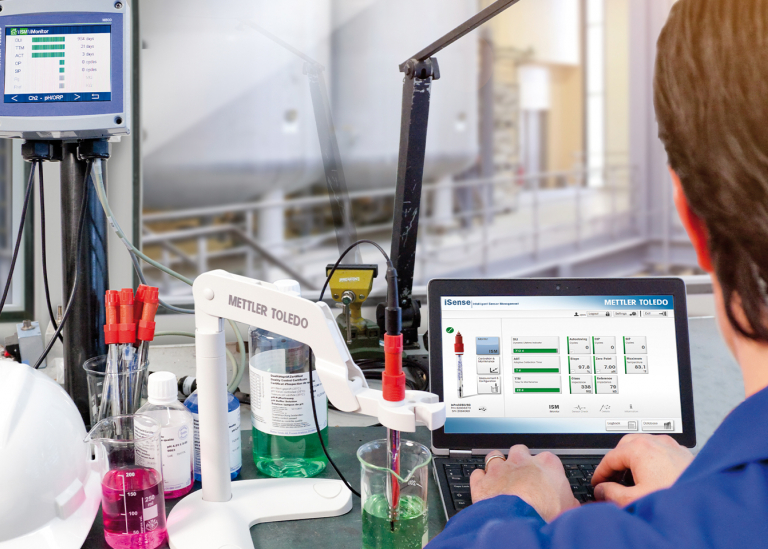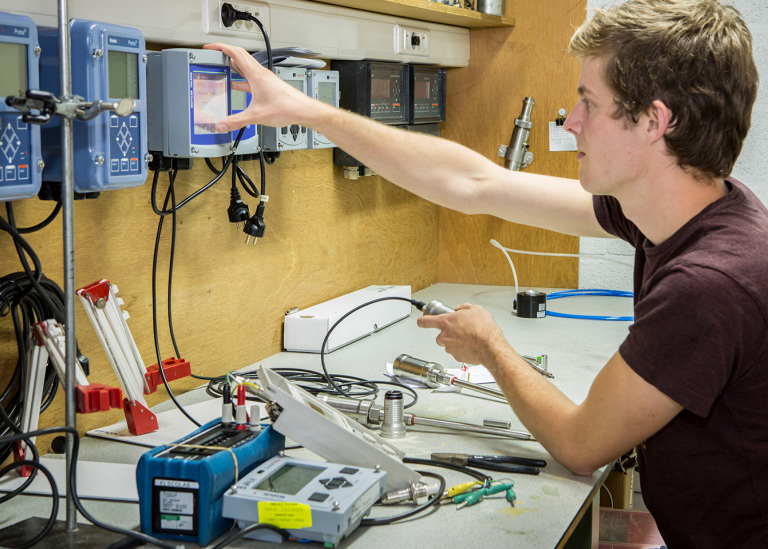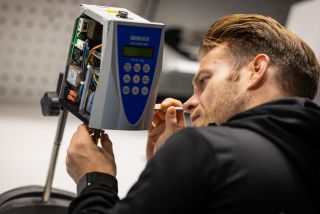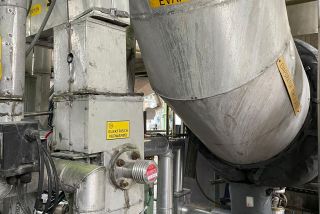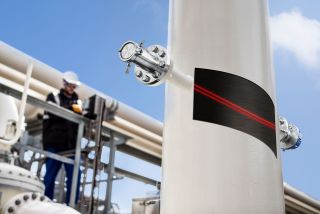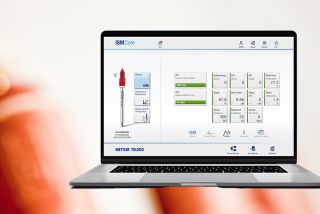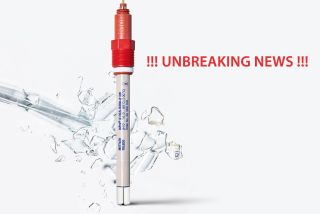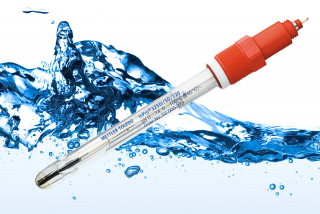
Calibration has never made a sensor better
Why and especially when do you have to calibrate an inline sensor?
Inline process analysers and sensors
The time that industrial processes were monitored by means of regular sampling and analysis in the lab is far behind us. Since the final decades of the last century, process parameters such as pH, conductivity and oxygen have been measured inline and online. Later on, more complex analysers such as refractive index, turbidity meters, TOC analysers and (spectro) photometers were added.
This trend was only able to develop owing to the rapid evolution in electronics, digitization and IT. This allowed sensors not only to be made smaller but also sturdier and stabler. Installation in the heart of the processes was also made possible with measurement results becoming more reliable.
Today process analysers are equipped with self-monitoring, diagnostic functions and algorithms that predict the maintenance frequency. All information, so not only measured values and error messages, but also the internal quality parameters (status) of the process sensor, are available and are digitally passed on to higher process monitoring units (DCS, SCADA, PLC, etc.). Today, the sensors and analysers are self-monitoring and keep us permanently informed of their status and report in detail if something threatens to go wrong.
Calibration of sensors
Why is there so much distrust? In- and online sensors (especially oxygen and pH sensors, but also most others) are still regularly calibrated. In most cases this is absolutely unnecessary (and may often be detrimental to the quality of the measurement). We do this mainly out of habit and/or because of bad experience in the past, mostly due to lack of information and thus knowledge. As mentioned, that information is now available in the sensors and analysers and available digitally at all levels.
But what exactly is calibration? There are many different definitions for this. It always comes down to adjusting the electronic processing (converter, transmitter, etc.) of the raw measurement signal to the current state and quality of the sensor. I.e. if we calibrate a sensor in poor condition, we adapt the electronics so that we can still work with the poor sensor. Result: accuracy, reliability and maintenance frequency deteriorate. With associated costs.
Maintenance and cleaning of sensors
As always, it is better to address the cause instead of fighting the symptoms. If your analyser’s sensor or detector is in poor condition, the cause of this has to be looked for first. Very often this is contamination or adverse damage due to the process. The solution is then cleaning. By cleaning and (preventatively) maintaining the sensor in the right way, you keep it in top condition and regular calibration is unnecessary.
Owing to the current digitization of sensors and analysis systems, the current status is being closely followed. Its evolution of this can be viewed remotely via DCS, SCADA or another platform and reports may be generated automatically.
External influences during calibration
Obviously, calibration is necessary from time to time. But only if there is the right reason for it. If you perform a calibration anyway, make sure that all preconditions are fulfilled.
The key thing is to ensure that the analyser's sensor or detector is clean and in good condition. You then have to check whether the calibration standards used comply with the standards (expiration date, storage, handling). Furthermore, the method of calibration is of great importance. Influences, including from temperature, pressure and air humidity must be taken into account, or better still, be avoided if possible. If standards (e.g. calibration gases) are used, it is very important that couplings and tubing do not leak, do not absorb oxygen (or other gases or vapours) and absorb moisture by diffusion through the pipe wall and not contribute to temperature or pressure changes. Dirty cups, reused standards and incorrect manipulations have often been the cause of poor calibration and therefore incorrect measurement results.
In- and online analysis technology is a discipline in its own right. Maintenance and calibration should therefore be carried out by analysis specialists with the necessary knowledge. Good and reliable analysis is a necessary prerequisite for accurate and reliable process analysis. And maintenance and calibration require time and expertise. Hence this advice: calibrate as little as possible, only if necessary, and do it the right way.
More information?
